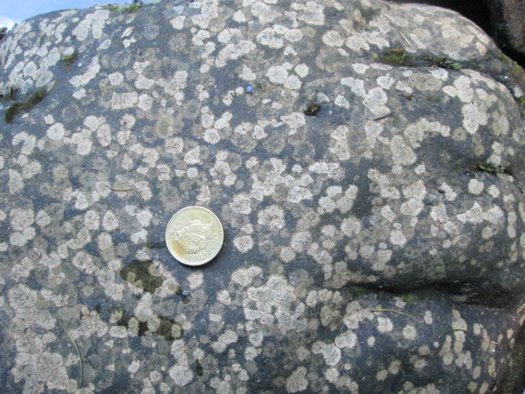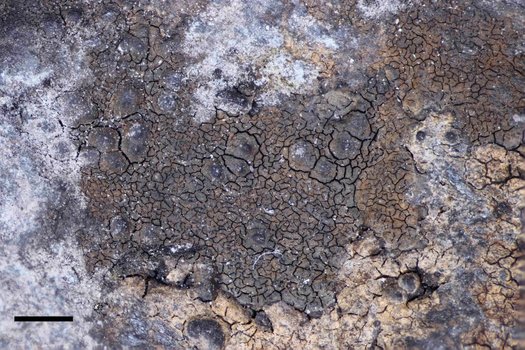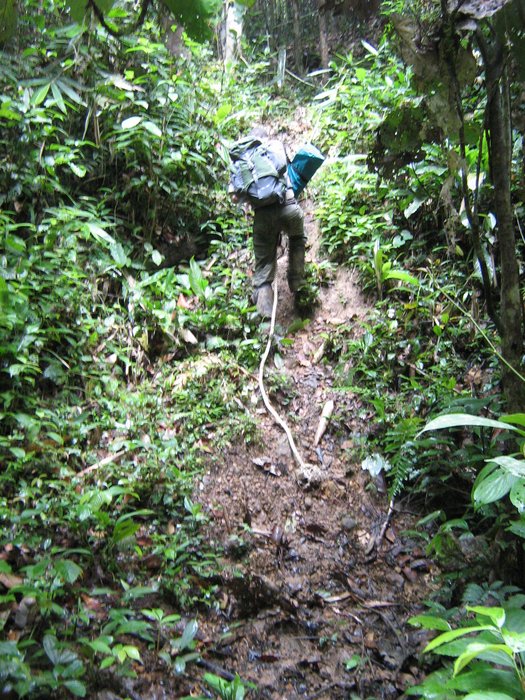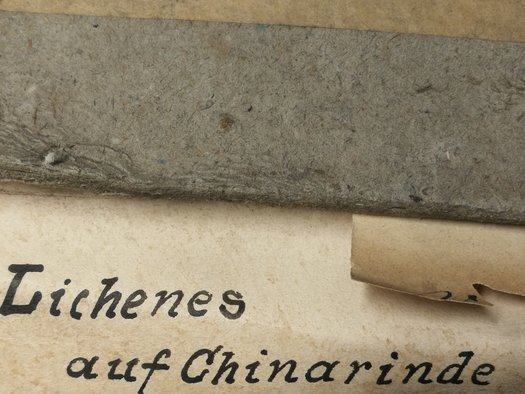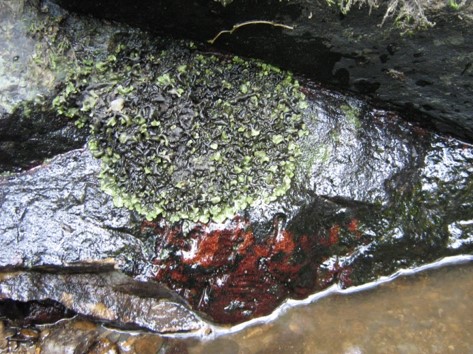Tropical forests are among the world's top habitats with the highest species numbers of lichen-forming fungi worldwide. New species are constantly being described, and it is not uncommon to find undescribed new species in the course of ecologic studies. Under these conditions, protocols developed in temperate regions, which as a rule require a determination at the species or genus level, can only be implemented locally and at great expense of effort. A possible alternative is the use of functional groups, an assessment of the functional diversity of lichens aimed at ecosystem functions. This approach does not require an exact determination of the lichen genera or species. Together with the London Natural History Museum, we have investigated randomly selected forest areas in primary and secondary forests in the northeast of the island of Borneo and compared the results obtained using a taxonomic approach with those of a method using functional groups. As a by-product of the taxonomic approach, we are contributing to the description of new species from one of the hotspots of global biodiversity.
Cooperations with: Vairappan, C. (UMS, Kota Kinabalu/Malaysia), Wolseley, P., Eggleton, P., Weerakoon, G. (Natural History Museum , London), Timdal, E., Kistenich, S. (Univ. Oslo)
Publications:
Thüs, H., Wolseley, P., Carpenter, D., Eggleton, P., Reynolds, G., Vairappan, C.S., Weerakoon, G., Mrowicki, R.J. (2021) Key Roles of Dipterocarpaceae, Bark Type Diversity and Tree Size in Lowland Rainforests of Northeast Borneo — Using Functional Traits of Lichens to Distinguish Plots of Old Growth and Regenerating Logged Forests. - Microorganisms 2021, 9(3), 541: 1-21. https://doi.org/10.3390/microorganisms9030541
Ellis, C.J., Asplund, J., Benesperi, R., Branquinho, C., Di Nuzzo, L., Hurtado, P., Martínez, I., Matos, P., Nascimbene, J., Pinho, P., Prieto, M., Rocha, B., Rodríguez-Arribas, C., Thüs, H., Giordani, P. (2021) Functional Traits in Lichen Ecology: A Review of Challenge and Opportunity. – Microorganisms 2021, 9, 766. doi.org/10.3390/microorganisms9040766
Kistenich S. Rikkinen J.K., Thüs H., Vairappan C.S., Wolseley P.A., Timdal E (2018) Three new species of Krogia (Ramalinaceae, lichenized Ascomycota) from the Paleotropic. – MycoKeys, 40: 69–88. https://doi.org/10.3897/mycokeys.40.26025

